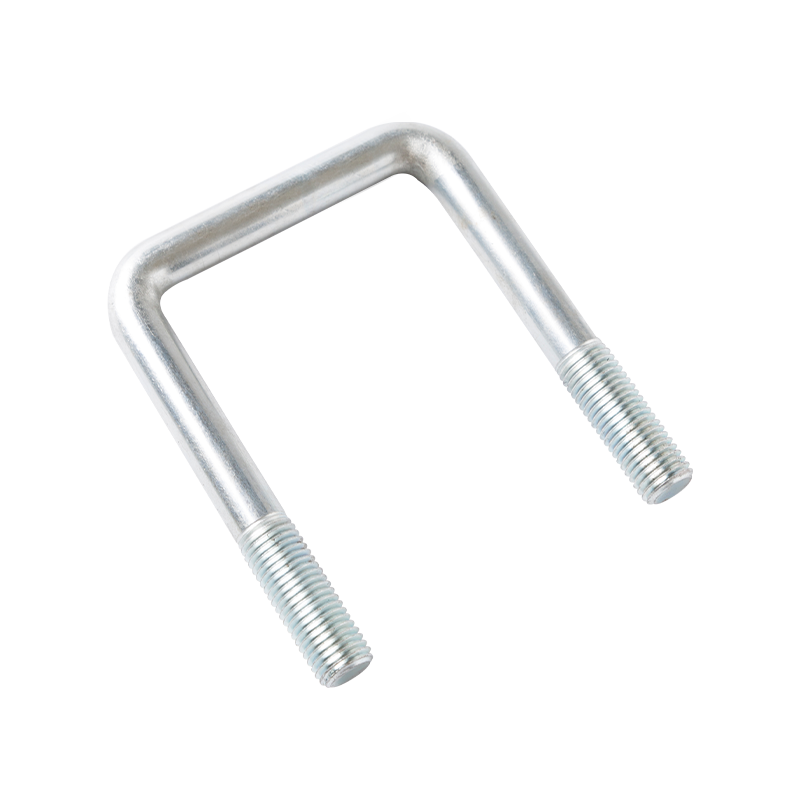How to perform cathodic protection on high strength bolts?
Cathodic protection is a method used to prevent corrosion of metals by making them the cathode in a corrosion cell. It's commonly employed in environments where high strength bolt and other metal structures are exposed to corrosive conditions, such as in marine and offshore applications. Here's how to perform cathodic protection on high-strength bolts:
Assessment and Planning:
Before implementing cathodic protection, conduct a comprehensive assessment of the corrosion risk and environmental conditions. Identify the areas where high-strength bolts are vulnerable to corrosion.
Select Cathodic Protection System:
Choose the appropriate cathodic protection system for your specific application. The two primary methods are galvanic (sacrificial anode) systems and impressed current systems. Select the system that best matches your needs and conditions.
Galvanic (Sacrificial Anode) System:
In this system, sacrificial anodes made of a more reactive metal are connected to the high-strength bolts. These anodes corrode sacrificially, protecting the bolts. Select the right sacrificial anode materials (e.g., zinc, aluminum, or magnesium) based on the environment's corrosiveness and the type of metal being protected.
Impressed Current System:
In impressed current systems, an external power source is used to apply a controlled electrical current to the high-strength bolts, creating a protective polarization. This system is more commonly used for larger structures and long-term protection.


Electrode Placement:
Install the sacrificial anodes or impressed current electrodes in close proximity to the high-strength bolts. The anodes or electrodes should be securely connected to the bolts to ensure a reliable electrical connection.
Electrical Connection:
Establish electrical connections between the anodes or electrodes and the high-strength bolts. Use suitable connectors and cables to ensure low-resistance connections.
Control and Monitoring Equipment:
Install control and monitoring equipment to regulate the cathodic protection system. This equipment allows you to adjust the protective current and voltage as needed.
Testing and Adjustments:
Regularly test and adjust the cathodic protection system to maintain the desired level of protection. Monitoring should include measurements of potential, current, and coating resistance.
Regular Inspections:
Perform routine inspections of the high-strength bolts and the cathodic protection system to check for any issues, such as damaged anodes or deteriorating electrical connections. Replace or repair components as needed.
Compliance with Standards:
Ensure that the cathodic protection system adheres to industry standards and codes that apply to your specific application, as these standards provide guidelines for system design and maintenance.
Expert Consultation:
Consider consulting with cathodic protection experts or engineers with experience in your application. They can provide guidance on system design, installation, and maintenance.
Cathodic protection is an effective method for extending the service life of high-strength bolts in corrosive environments. Proper planning, system selection, and regular maintenance are essential to ensure the system's effectiveness and the long-term durability of the bolts.
PREV:What role does U bolt play in suspension systems?
NEXT:How to improve the durability of high strength bolts?
NEXT:How to improve the durability of high strength bolts?
Related Products
-
 View More
View More
Non-standard punched J bolts
-
 View More
View More
common U bolts
-
 View More
View More
Grade 8.8. Hot dip galvanized steering bracket fastener for photovoltaic panels
-
 View More
View More
American fine tooth 12-20 with nylon lock nut blue and white zinc
-
 View More
View More
Class 10.9 Surface treatment, Phosphating, non-standard custom U bolts
-
 View More
View More
M20 thick U bolts hot dip galvanized
-
 View More
View More
thickness 12-20 grade 6.8. Surface treatment yellow zinc U bolts For truck fittings
-
 View More
View More
Surface finish electrophoretic paint. Rank 8.8 red punch in the middle. Non-standard custom high strength U bolts
-
 View More
View More
Galvanized U-shape Bolts for trucks, Construction and installation
-
 View More
View More
Stamping accessories
-
 View More
View More
Short tooth stick Carbon SS304 8.8 zinc plating Threaded Rods
-
 View More
View More
Non-standard customized parts


 English
English 中文简体
中文简体
